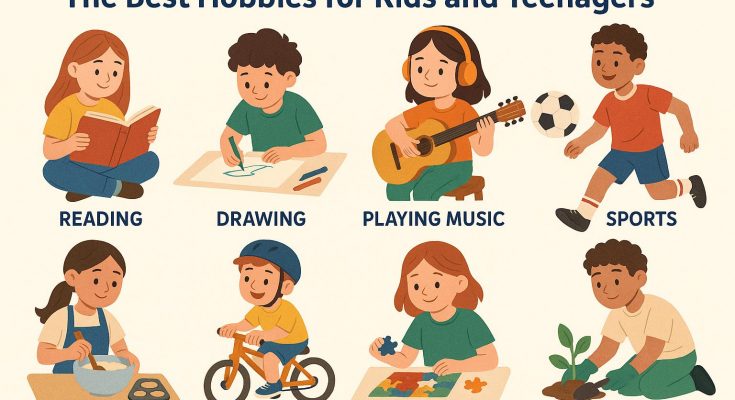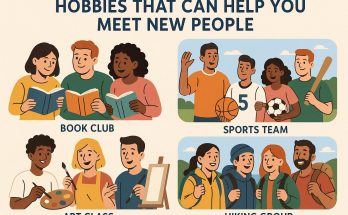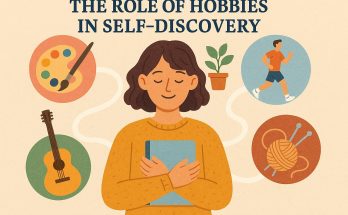The Importance of Hobbies for Kids and Teenagers
Hobbies serve as a cornerstone in the growth and development of children and teenagers. These activities go beyond mere pastime; they are integral to nurturing a balanced and healthy lifestyle. Through hobbies, young individuals can experience an enhancement in social skills, a boost in mental health, and a surge in creativity. It is important to engage youth in activities beyond academics to ensure their comprehensive development. To illustrate this point, we will explore various types of hobbies that prove to be immensely beneficial for children and teenagers.
Sports and Physical Activities
Sports and physical activities are some of the most beneficial forms of hobbies for young people. These activities not only promote physical health but also improve motor skills. Sports can be categorized into team sports, like soccer and basketball, and individual pursuits, such as swimming and gymnastics. Both types of activities play a crucial role in teaching children vital life skills.
Benefits of Sports
Physical Development: Regular participation in sports aids the development of coordination, strength, and overall fitness. This is vital during growing years as the body undergoes numerous changes.
Social Skills: Team sports are particularly effective in helping children and teenagers build social skills. Through teamwork and collaboration, they learn the importance of communication and leadership. Social interactions in sports provide a platform for them to develop empathy and understand the dynamics of group behavior.
Mental Health: It is well-documented that physical exercise positively impacts mental health. Engaging in sports reduces stress levels and alleviates feelings of anxiety, leading to improved overall mental well-being. Moreover, the discipline required in sports helps inculcate a sense of responsibility and dedication.
Creative Pursuits
Engagement in creative activities offers another avenue for personal development. Artistic hobbies, such as drawing, painting, and crafting, significantly contribute to cognitive development and encourage creative expression. These activities provide young minds with an opportunity to express their thoughts and feelings.
Suggested Creative Hobbies
Drawing and Painting: Activities that involve drawing and painting are instrumental in enhancing fine motor skills and stimulating creativity. They allow children to explore color, composition, and form, which contributes to their cognitive and emotional development.
Music: Engaging in music, whether through learning to play an instrument or through singing, can improve cognitive functions and enhance memory. Music has the power to boost concentration and foster emotional expression.
Coding and Digital Design: In a rapidly evolving digital world, coding and digital design have emerged as popular and practical hobbies. These activities not only offer a creative outlet but also equip young individuals with crucial skills for future careers. Mastering these skills at an early age can provide an edge in the competitive world.
Academic and Knowledge-Gaining Activities
Hobbies that are rooted in academics offer dual benefits—they are enjoyable and intellectually engaging. Activities such as reading, joining science clubs, or learning new languages can greatly enrich a child’s knowledge base and cultural awareness.
Why Academic Hobbies Matter
Reading: The habit of reading is instrumental in improving vocabulary, honing critical thinking skills, and enhancing comprehension abilities. It opens up a world of imagination and learning, providing insights into different cultures, histories, and worlds.
Language Learning: The journey of learning a new language can enhance cognitive abilities and foster greater cultural awareness. Language acquisition is known to improve memory, problem-solving skills, and even creativity.
Outdoor Exploration
The importance of spending time outdoors cannot be stressed enough. Outdoor activities like hiking, cycling, and gardening are excellent ways for children and teenagers to connect with nature. Such activities are not only beneficial for physical health but also play a significant role in mental well-being.
Outdoor Activity Options
Hiking: Engaging in hiking fosters a deep appreciation for nature. It encourages physical activity and provides a sense of achievement and adventure as children explore new trails and landscapes.
Gardening: The act of gardening teaches young individuals responsibility and provides a basic understanding of biology. Cultivating plants and seeing them grow instills patience and a sense of accomplishment.
Cycling: Cycling is an enjoyable hobby that allows children and teenagers to explore their surroundings while maintaining physical fitness. It boosts coordination, balance, and cardiovascular health, providing a fun way to incorporate exercise into daily life.
Conclusion
Selecting the right hobby is a personal choice that should resonate with a child’s interests and individual needs. By exposing children and teenagers to a diverse array of activities, parents and educators play a pivotal role in helping them develop essential skills, discover passions, and lead a balanced lifestyle. Hobbies not only enrich young minds but also equip them with life skills that will serve them well into adulthood. Encouraging a hobby-friendly environment can therefore be seen as a crucial aspect of nurturing a well-rounded individual.





